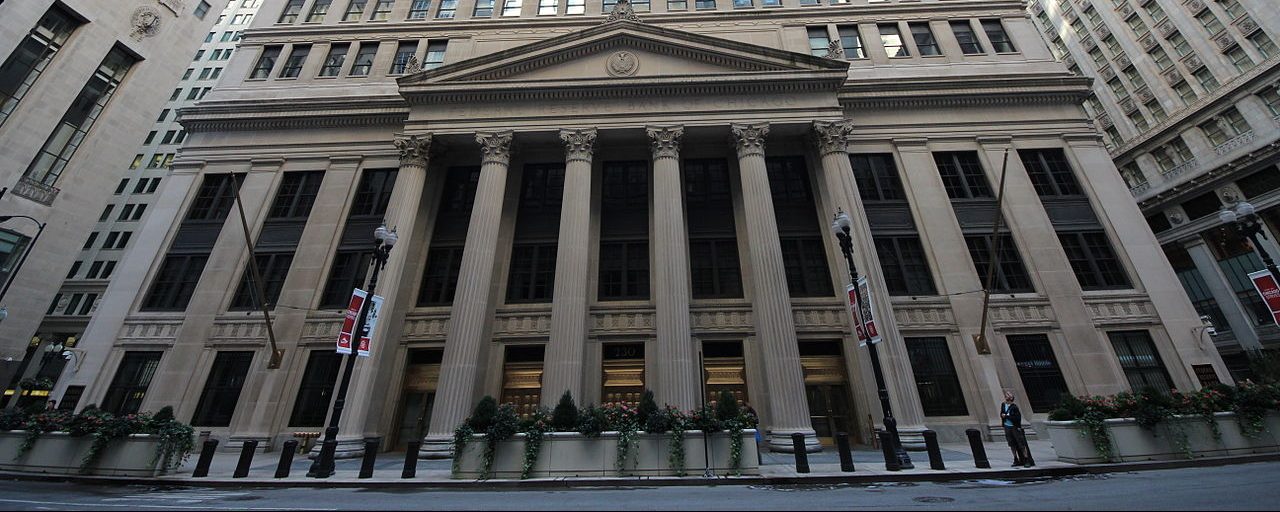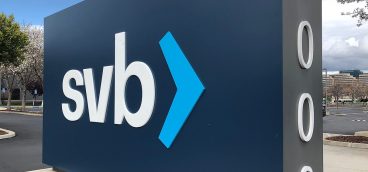Can the Fed be Saved?

“History will give a full accounting of the grave errors committed [by the US Fed].” Kevin Warsh, former Fed board member
“Decennial financial blowups aren’t the stuff of great powers – at least, not for long.” Stanley Druckenmiller
Long-term readers of these essays know that I am no fan of the U.S. Fed. In my view the Fed’s policies have been wrongheaded for three decades, badly crippling the American economy, American competitiveness, and the ability of workers near the bottom of the economic ladder to prosper.
Several years ago, I vowed to lay off the Fed, having had my say – or maybe more than my say. But now that the Fed has committed three colossal blunders in less than three years I can’t restrain myself. So here we go again.
Note to the Fed: Easy money is the most expensive money there is
For three decades, going back to Alan Greenspan and including Ben Bernanke, Janet Yellen, and now Jay Powell, the Fed has enforced easy money policies regardless of underlying economic conditions, as though the Fed Governors’ brains have been on autopilot. These unfortunate policies created capital markets that are now five times larger than the global economy.
Easy money policies include keeping interest rates extremely low, lowering the reserve ratio for banks, and engaging in Quantitative Easing (i.e., making very large-scale purchases of securities, thereby dumping a tremendous amount of cash into the market), among others.
These policies make sense when the economy is struggling, but continuing expansive policies when the economy is doing well is an elemental mistake. Greenspan’s policies led directly to the Mexican peso crisis, the Asian Financial Crisis, and the Dot.com Bust. Bernanke’s policies led directly to the Global Financial Crisis, the Great Recession, and the European Sovereign Debt Crisis – and also to the slowest economic growth in American history.
Yellen served only four years but she continued the easy money policies of her predecessors, setting up the crises that actually occurred under Powell: mismanaging the COVID recession, allowing inflation to get out of control, and presiding over the second largest bank collapse in American history.
When its policies have led to crisis-after-crisis, including more frequent crises than at any other time in U.S. history, might it not occur to the Fed that they should try something else? Apparently not.
The recent blunders under Powell are characteristic of how the Fed reflexively gets things wrong, so let’s examine them a bit more closely.
The COVID recession
When the COVID pandemic struck in early 2020 the Fed pulled out all the stops, vastly exceeding its actions during the Global Financial Crisis. As Powell himself put it, “We are deploying these lending powers to an unprecedented extent [and] … will continue to use these powers forcefully, proactively, and aggressively until we are confident that we are solidly on the road to recovery.”
Except that, to the surprise of most observers, the COVID recession was short (two months, the shortest in U.S. history) and the U.S. economy quickly roared back with unprecedented strength. Did the Fed promptly unwind its stimulus? Of course not. Why not? No one knows, but it was the first of the Fed’s colossal blunders, setting the stage for an inflationary breakout.
The Fed’s monetary stimulus was made worse by the fiscal stimulus enacted by the Biden Administration – on top of stimulus already enacted by the Trump Administration. $5 trillion of fiscal stimulus was spent to fill a mere $400 billion hole in the economy, and by the time the stimulus dollars actually reached their recipients, the economy was already growing strongly.
Inflation
Every college sophomore knows that engaging in massive monetary and fiscal stimulus when an economy is already growing rapidly will lead to only one thing – inflation. Could central bankers possibly have forgotten such an elementary fact? The answer is “yes.” Here is Christine Lagarde, Head of the European Central Bank: “[inflation] pretty much came out of nowhere.” “Nowhere” meaning, apparently, our own foolish policies.
Part of the problem was that the Fed had become enamored of a quack idea called Modern Monetary Theory, or MMT. MMT claims that, as long as a government issues its own currency it can spend with wild abandon without causing inflation. It was an insane idea all along, and when the idea was finally put to the test it failed miserably – we got the highest inflation we’d experienced in 40 years.
With its head in the MMT cloud and its foot hard on the gas, the Fed missed the inflationary warnings completely, describing inflation as “transitory.” By the time the Fed woke up it was too late – inflation had imbedded itself deeply in the U.S. and global economy and the only way to stop it was to slam on the monetary brakes.
Unfortunately, when long periods of easy money are followed by hard tightening – the Fed had to raise rates faster than at any time in its history – things start to break. This is known as a “Minsky moment,” named for economist Hyman Minsky, who pointed out that the longer easy money policies are followed, the more speculative activity there will be and the worse will be the inevitable crisis.
Which brings us to:
Silicon Valley Bank
I’ve already written about the collapse of SVB in these pages, so I’ll be brief. That event destroyed the reputations of the SVB executives and risk managers and it badly dented the reputations of the Fed and the Silicon Valley venture capital wizards. But let’s focus on the Fed.
Distracted by its bumbling response to inflation and utterly convinced that the only banks that mattered were the designated “systematically important” ones, the Fed was blindsided by the failure of SVB. Blindsided or not, the post-Global Financial Crisis Basel III playbook was ready and waiting for the Fed to roll out. Except that the Fed panicked and completely ignored that playbook, which had been painstakingly assembled over 15 years.
When the most powerful central bank in the world ignores the global rules and begins acting in an erratic, ad hoc manner, economic players can be forgiven for assuming that matters must be far worse than they seem. Soon three U.S. banks had failed and then the contagion spread to Europe, toppling mighty Credit Suisse Bank, not long ago known as “the J.P. Morgan of Europe.”
Talk about March Madness… How could the Fed have presided over these three catastrophes so quickly? We’ll look into that next week.
Next up: Can the Fed be Saved? (Part 2)
















